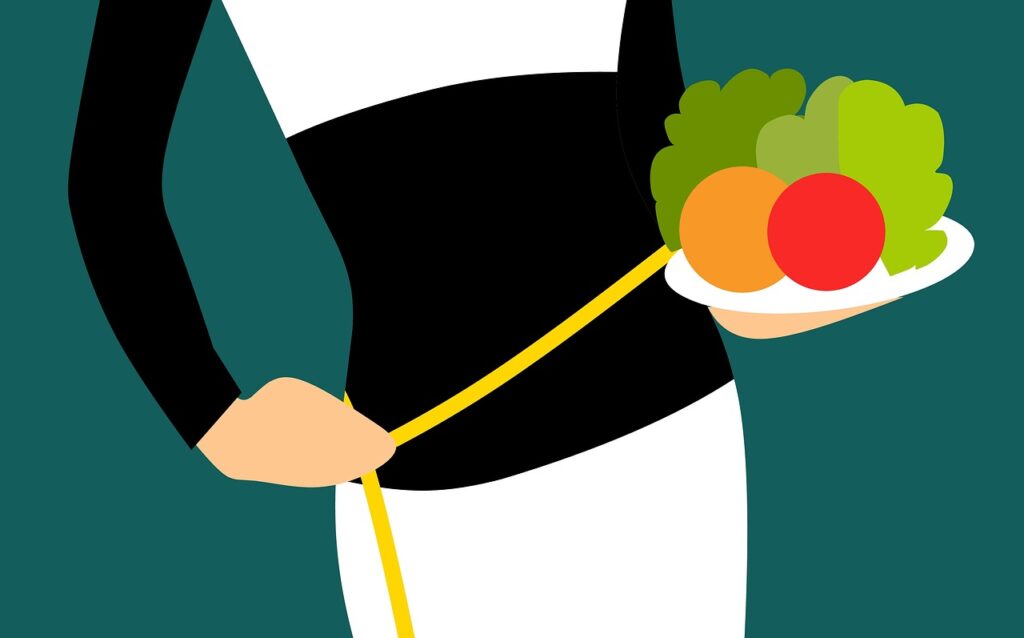Reasons Why Keto is Not Working: A Comprehensive Guide
The ketogenic diet, commonly known as keto, is a popular low-carb, high-fat diet that promises rapid weight loss and improved health. However, despite its popularity and success stories, many individuals find that keto doesn’t always deliver the expected results. If you’re among those struggling to see progress on keto, you’re not alone. This article explores the reasons why keto might not be working for you and provides practical solutions to help you get back on track.
1. Introduction to the Ketogenic Diet
The ketogenic diet is a low-carb, high-fat diet that shifts the body’s metabolism from relying on carbohydrates for energy to burning fats, leading to a state known as ketosis. During ketosis, the liver converts fats into ketones, which serve as an alternative energy source for the body, particularly the brain. This metabolic shift is the foundation of keto’s weight loss and health benefits.
While many people see significant results on keto, it is not uncommon for others to struggle or even experience a stall in their progress. Understanding the potential pitfalls of the keto diet is crucial to overcoming these challenges and achieving your goals.
2. Common Reasons Why Keto Might Not Be Working
Inaccurate Carb Counting
One of the most common reasons why the keto diet might not be working is inaccurate carb counting. The keto diet typically requires you to consume between 20 to 50 grams of carbs per day, depending on your individual needs. However, it’s easy to underestimate the carb content of foods, especially when consuming processed or packaged items.
Solution: Track everything you eat using a reliable food tracking app. Pay attention to serving sizes and read food labels carefully to ensure you’re staying within your daily carb limit.
Consuming Hidden Carbs
Hidden carbs can sneak into your diet through sauces, condiments, and even certain vegetables. Foods labeled as “low-carb” can still contain more carbs than you might expect, which can kick you out of ketosis.
Solution: Be vigilant about checking the ingredients list and nutritional information of every food item. Stick to whole, unprocessed foods whenever possible, as these are less likely to contain hidden carbs.
Eating Too Many Calories
Although keto is not primarily a calorie-counting diet, consuming more calories than your body needs can still lead to weight gain or a weight loss plateau. High-fat foods are calorie-dense, and it’s easy to overeat them, especially when not monitoring portion sizes.
Solution: Be mindful of your portion sizes and overall calorie intake. While fat should be the primary component of your diet, it’s important to balance your overall calorie consumption to create a deficit if weight loss is your goal.
Not Getting Enough Fat
Conversely, not consuming enough fat can also be a problem. Since the keto diet replaces carbs with fat, inadequate fat intake can leave you feeling hungry and more likely to snack on carbs.
Solution: Ensure that healthy fats make up at least 70-75% of your daily intake. Include sources like avocados, olive oil, coconut oil, nuts, seeds, and fatty cuts of meat in your meals.
Protein Intake is Too High or Too Low
Protein intake on keto needs to be just right—too little can lead to muscle loss, while too much can cause gluconeogenesis, a process where the body converts excess protein into glucose, potentially kicking you out of ketosis.
Solution: Aim for moderate protein intake, typically about 20% of your daily calories. Focus on quality sources like grass-fed meats, eggs, and fatty fish.
Lack of Electrolytes
Keto can cause your body to lose electrolytes like sodium, potassium, and magnesium due to the reduced insulin levels, which lead to increased excretion of these minerals. An imbalance in electrolytes can cause symptoms like fatigue, headaches, and muscle cramps, making it difficult to stick to the diet.
Solution: Supplement your diet with electrolyte-rich foods or consider taking supplements. Adding a pinch of salt to your water and eating foods high in potassium, such as leafy greens and avocados, can help maintain balance.
Not Drinking Enough Water
Dehydration is another common issue on the keto diet. Carbohydrate restriction reduces water retention, so your body loses water and electrolytes at a faster rate. Not drinking enough water can lead to dehydration, which can mimic hunger, causing you to eat more than necessary.
Solution: Drink at least 8 cups of water daily, more if you’re active or live in a hot climate. Staying hydrated helps your body function properly and can aid in weight loss by preventing false hunger cues.
Lack of Physical Activity
Physical activity plays a crucial role in any weight loss plan, including keto. Without regular exercise, you may find it difficult to achieve your desired results, even if your diet is on point.
Solution: Incorporate a mix of cardio, strength training, and flexibility exercises into your routine. Exercise not only helps burn calories but also enhances insulin sensitivity, which can improve the effectiveness of the keto diet.
Hormonal Imbalances
Hormonal imbalances, such as thyroid disorders, polycystic ovary syndrome (PCOS), or elevated cortisol levels, can interfere with weight loss, even on keto. Hormones play a significant role in metabolism, and imbalances can make it difficult to shed pounds.
Solution: If you suspect a hormonal issue, consult with a healthcare professional. Blood tests can help identify any imbalances, and your doctor can recommend appropriate treatments or dietary adjustments.
Not Being in Ketosis
The most critical aspect of the keto diet is achieving and maintaining ketosis. If your body isn’t in ketosis, you won’t experience the diet’s full benefits. Common reasons for not being in ketosis include eating too many carbs, not eating enough fat, or having too much protein.
Solution: Use ketone testing strips or a blood ketone meter to monitor your ketone levels. Adjust your diet as necessary to ensure you’re achieving and maintaining ketosis.
3. How to Troubleshoot and Correct These Issues
- Track Your Macros: Use a food diary or app to log your daily intake of carbs, fats, and proteins. This can help you identify where you might be going wrong.
- Adjust Your Diet: Based on your tracking, make adjustments to your diet. If you’re consuming too many carbs or not enough fat, tweak your meal plan to correct these imbalances.
- Increase Physical Activity: Add regular exercise to your routine. Even a daily 30-minute walk can make a significant difference.
- Stay Hydrated: Drink plenty of water throughout the day to prevent dehydration and aid digestion.
- Supplement Wisely: Consider taking supplements to fill any gaps in your diet, particularly electrolytes and vitamins that support keto.
4. Tips for Success on the Keto Diet
- Plan Your Meals: Planning your meals in advance can help you stay on track and avoid impulse eating.
- Be Patient: Weight loss is not always linear, and it’s normal to experience plateaus. Stay consistent, and your results will follow.
- Seek Support: Joining a keto community or finding a diet buddy can provide encouragement and accountability.
- Monitor Your Progress: Regularly check your weight, measurements, and ketone levels to stay informed of your progress.
- Consult Professionals: If you continue to struggle, consider seeking guidance from a dietitian or nutritionist experienced in the ketogenic diet.
5. Conclusion
The keto diet is a powerful tool for weight loss and health improvement, but it’s not without its challenges. If you find that keto is not working for you, it’s essential to identify the reasons behind the lack of progress. By making the necessary adjustments, staying consistent, and seeking support when needed, you can overcome these hurdles and achieve your keto goals. Remember, the key to success on keto is not just about cutting carbs—it’s about creating a balanced, sustainable lifestyle that works for you.


